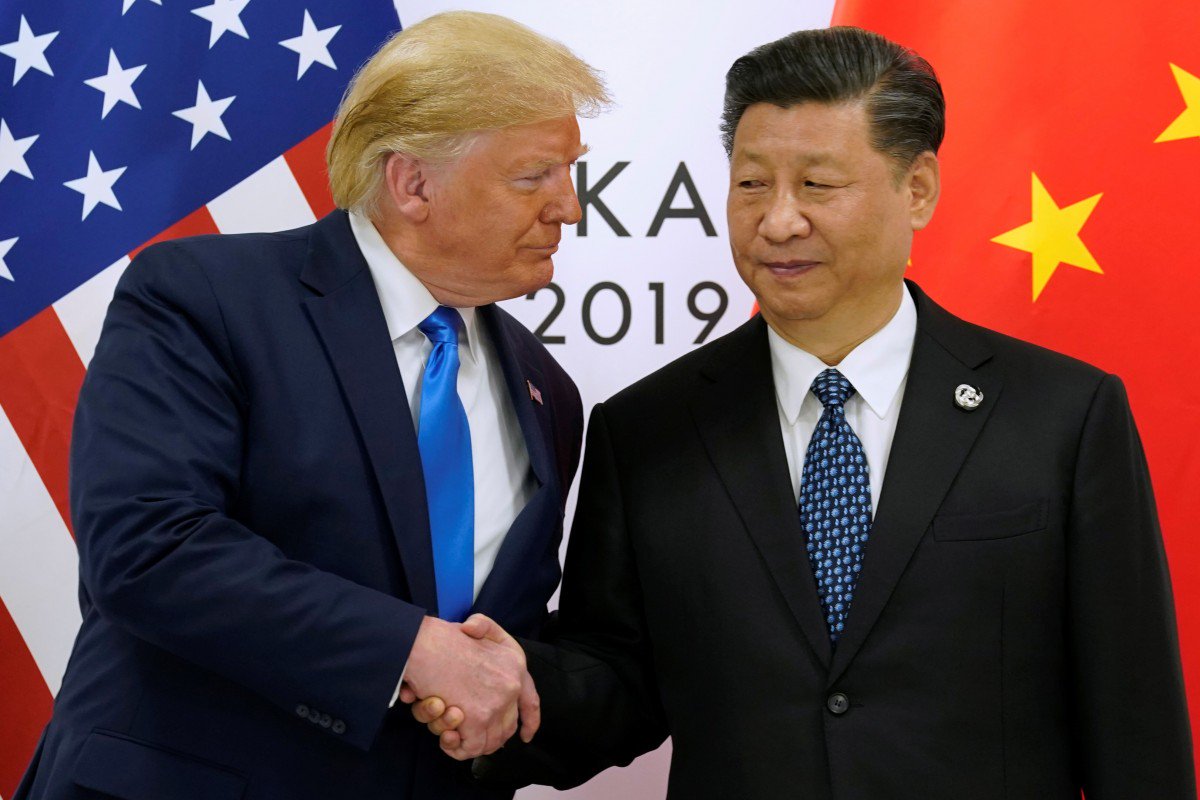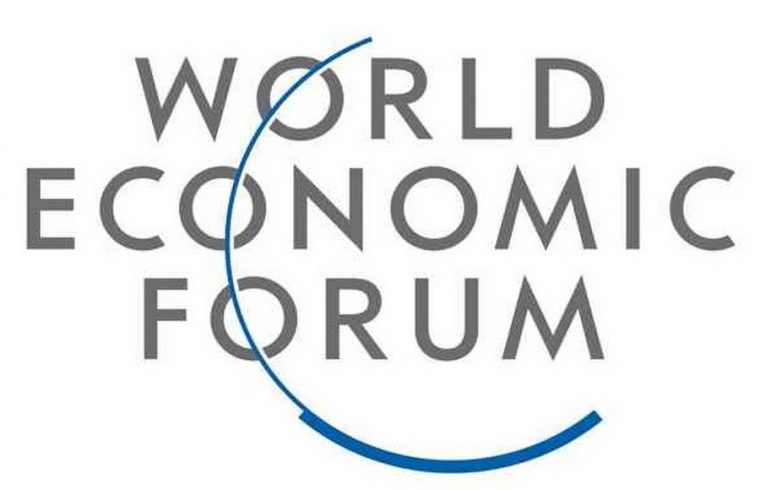- The US-China trade war is disrupting technology supply chains and risking stagflation
- Yet consumption and services driven growth, and the rise of 5G, boosts China’s economic outlook
- For more information about the meeting, click here. Follow the conversation using #AMNC19
Dalian, People’s Republic of China, 3 July 2019 – Despite the US-China trade war truce, and the collective sigh of temporary relief it engendered, projections indicate slower global economic growth this year, and there is great uncertainty for the future.
“Truce does not mean progress,” warned Jin Keyu, Professor of Economics at the London School of Economics and Political Science, in a debate at the World Economic Forum’s Annual Meeting of the New Champions.
Yet, a couched optimism prevailed among some panellists over the strength of China’s continued economic growth.

Jeffrey Lu Minfang, Chief Executive Officer of the Mengniu Group, People’s Republic of China, cited a combination of strong consumption, improved services and 5G technology that could grow China’s GDP at a relatively high level, hitting national targets of over 6% annual growth.
“Local consumption is driving the economy,” Lu stressed, while admitting that “in the service sector, there is a lot of room to improve productivity.”
“The Chinese economy is shifting more into services,” which boosts credit flow, said Zhu Wei, Senior Managing Director and Chairman, Greater China, at Accenture, People’s Republic of China.
The make-up of China’s GDP growth is more important than its size alone, reminded Paul Yang, Chief Executive Officer for Greater China at Kohlberg Kravis Roberts & Co. Fixed-asset formations such as real-estate, he said, are giving way to consumption and services led by a population of millennials larger than in the US and Europe combined.
“China is making a conscious effort to open up its markets,” Yang added. “There will be more foreign investment into the country. And, on the outbound, more Chinese companies are … investing in foreign companies.”
Even the trade war hides opportunity within danger for China. “The trade war is pushing China to strive for self-sufficiency and greater independence,” said Jin. “And that’s not bad for China, as it wants to enter a new phase of economic growth.”
“China was slotting into the international system as it is,” Jin clarified. “But, in the last 10 years since the [financial] crisis, there have been questions about whether the existing economic, monetary and financial architecture is a sound one, and this is an opportunity for China to reshape it.”
Yet, the risk remains of stagflation – inflation combined with unemployment and stagnant demand – catalysed by the attempted bifurcation of tech supply chains and a new “tech cold war”.
More than two-thirds of exporting companies in China are multinationals, and can weather the trade war for the time being, said Yang. “It is impossible surgery to bifurcate the supply chain into two separate camps,” he highlighted, noting that global supply chains mean that goods increasingly do not come from a single origin country.
“Globalization is irreversible,” he said. “You cannot go back to 50 years ago, to be a solely country business again.”
The jury is out on the economic outlook for Asia, and the trade war seems likely to drag on much longer. “The current strategy seems to suggest there will be some time before this is completely resolved,” said Jin.
Zhu expressed a more optimistic long-term line: “Trade tensions will still continue. But eventually, there will be equilibrium.”
As Yang concluded: “The economy will find a way.”
The World Economic Forum’s 13th Annual Meeting of the New Champions is taking place on 1-3 July 2019 in Dalian, People’s Republic of China. Convening under the theme, Leadership 4.0: Succeeding in a New Era of Globalization, more than 1,800 business leaders, policy-makers and experts from over 80 countries will participate and explore more than 200 sessions.












